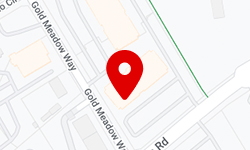- Free Consultation: 916 459 2364 Tap to Call
What Are a Homeowner’s Options When Facing a Foreclosure?
Today’s economy has made many basic necessities for Americans much more difficult to afford. One payment that many Americans have fallen behind on in the wake of the recent recession is their mortgage payments. Falling behind in mortgage payments can lead to foreclosure proceedings, which can lead to the homeowner losing their home. One way to stop foreclosure proceedings is to file for Chapter 13 bankruptcy.
Many homeowners who have had a foreclosure started against them do not know that they may have options. Once the proceedings have begun, it is not too late for the homeowner to do something to stop the foreclosure.
- Some of the options for homeowners include:
- Loan modification
- Allowing the foreclosure to occur
- Declaring Chapter 7 bankruptcy
- Declaring Chapter 13 bankruptcy
- Short sale
When a homeowner files for Chapter 13 bankruptcy, it can allow them time to restructure their loans. It also can allow the homeowner to wipe out a second mortgage completely. It also allows the homeowner to eliminate unsecured debt.
Filing for Chapter 13 allows for the individual to create a repayment plan. The plan allows for the bankruptcy filer to pay under the new repayment plan, over either a three or five year period. This repayment plan can also allow for reduced interest rates and eliminate penalties and fees.
The advantage of filing for Chapter 13 over Chapter 7 is that since it is a repayment plan instead of discharge of debt, more types of debt can be included. Student loan debt is not dischargeable under Chapter 7 but can be a part of the repayment plan in Chapter 13.
Source: Examiner, “Options for homeowners in foreclosure,” Oct. 29, 2012











